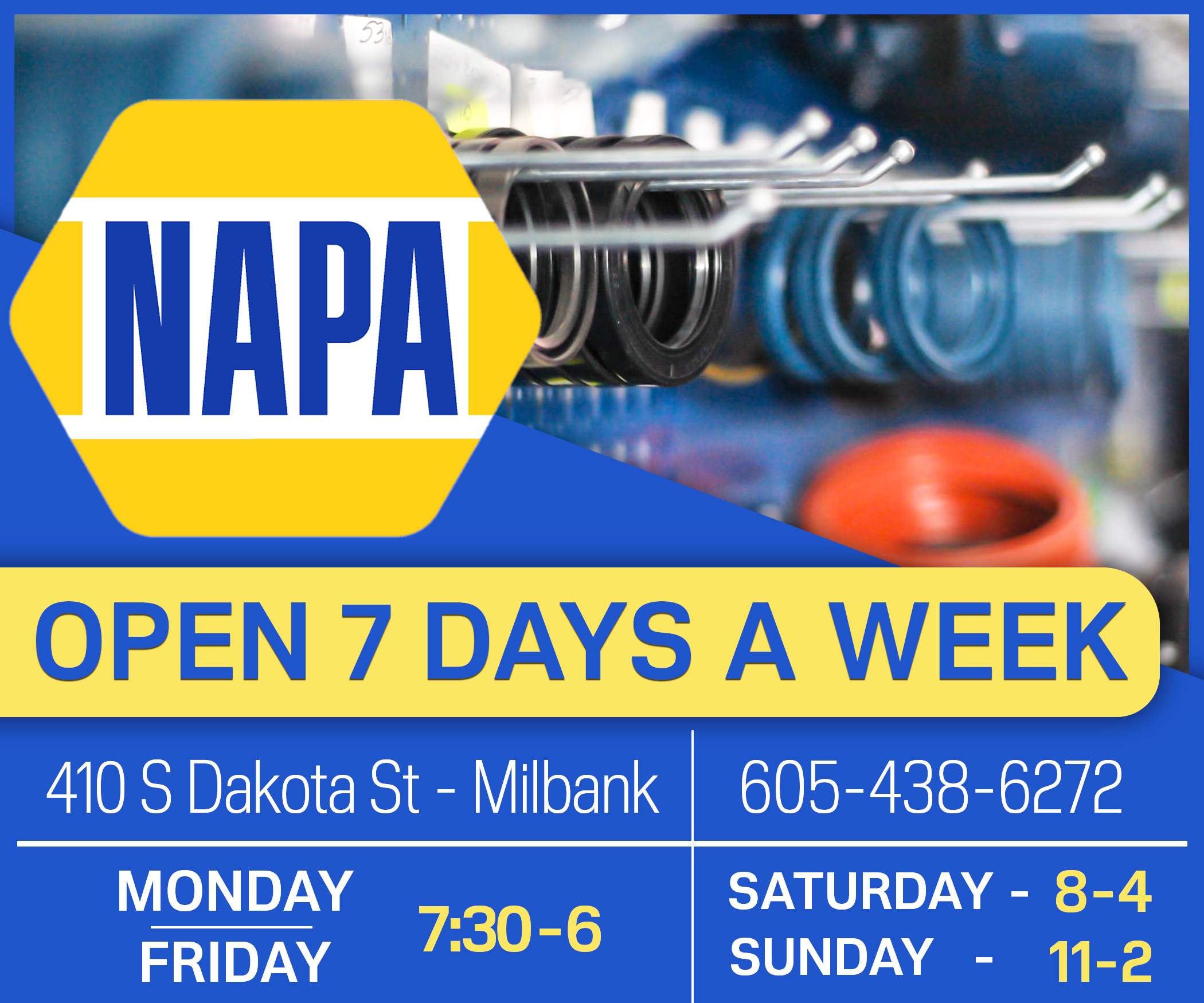
 “I speak no English” is a phrase no longer needed by 28 students in the Milbank School District. “We have 28 students we are working with as English Language Learners,” stated Milbank Middle School Principal and Special Services Director Kris Evje. “Those numbers have gradually increased. We gained eight ELL students this school year, five in the last couple of months.”
“I speak no English” is a phrase no longer needed by 28 students in the Milbank School District. “We have 28 students we are working with as English Language Learners,” stated Milbank Middle School Principal and Special Services Director Kris Evje. “Those numbers have gradually increased. We gained eight ELL students this school year, five in the last couple of months.”
Of the 28 ELL students, Evje says, 22 are also considered migrant students. “Migrant students are those who moved into the area directly from another country for the purpose of gaining employment in an agriculture-related business. All of our migrant students also receive ELL services because English is not their primary language.”
 Christine Townsend is employed by the Milbank School District and works with migrant students in the northeast area of South Dakota. She also assists students in Summit, Sisseton, and Rosholt. “I was doing both jobs – working with the migrant and the ELL students – before our new staff member was hired. Now, I can concentrate on providing the migrant services, while she focuses on English language acquisition.”
Christine Townsend is employed by the Milbank School District and works with migrant students in the northeast area of South Dakota. She also assists students in Summit, Sisseton, and Rosholt. “I was doing both jobs – working with the migrant and the ELL students – before our new staff member was hired. Now, I can concentrate on providing the migrant services, while she focuses on English language acquisition.”
Billie Jo Giesel was hired as the ELL teacher and works with students in Milbank three days a week. She splits her time with the Deuel School District, where she sees students the other two days. “It was overwhelming to start with, but I am really learning a lot from these students and learning about their culture. It’s very interesting and exciting,” Giesel said.
Migrant students must submit forms to the state education department for approval and can only receive migrant services for three years. These services help to bridge the gap in the regular classroom. “We work on English language development, do classroom work, and help with homework,” Townsend explained. “We teach the students academic language and vocabulary to catch them up to their peers. Migrant services are more academic based.”
ELL services teach and expand the students’ English. “We do a lot visually,” Giesel said. “I have them point to objects and pictures and repeat the word after me. Flashcards are helpful. We also write sentences, draw pictures, and give them time for the words to sink in. I try to make learning the language fun.”
At all grade levels, staff use the immersion model as their teaching guide. “We do all we can to immerse them in the regular classroom,” Evje said. “In regular classes, teachers use more visual means while still teaching to the standards.” He went on to explain the students are tested on the key components rather than expected to know every detail. “We have to scale back the amount of items taught to these students, because, obviously, language is a barrier.”
The ELL and migrant students attend regular classes as much as possible each day. At other times, they work one-on-one or in small groups with Townsend, Giesel, or other paraprofessionals. “That is where they get more personalized attention,” explained Evje.
Technology is also used to reach the students. “Each classroom is supplied with Chromebooks,” said Superintendent Tim Graf. “With those, students and staff are able to access Google Translate to assist them when language becomes too much of a barrier.” iPads and smartphones are occasionally also combined with apps such as Speak and Translate.
The eight students are considered at Level 1 or the Newcomer level in terms of their English skills. “Their needs are quite substantial,” said Evje. “They do not speak much English and carrying on a conversation is difficult. We pretty much had to start at square one.” He also explained students continue to receive ELL services until they achieve a certain score on English language skills. “There is no timeframe for how long these students can receive services. When they score high enough on the test, they can exit the program, but we still monitor them to make sure they continue to progress.”
 The students range in age from a first-grader to a senior in high school. “It is much easier for the younger children,” noted Townsend. “At that age, everyone is learning the basics of everything, so the ELL and migrant students soak things up just like the English speaking students. They are all learning the same foundation.”
The students range in age from a first-grader to a senior in high school. “It is much easier for the younger children,” noted Townsend. “At that age, everyone is learning the basics of everything, so the ELL and migrant students soak things up just like the English speaking students. They are all learning the same foundation.”
“It’s a little different at the middle and high school levels,” Evje said. “The gap tends to be larger the older the student is. As schedules allow, we give more one-on-one time to students with higher needs and do what we can to make things as easy for them as possible.”
They all agreed the students are eager to learn English. “They have a strong desire to learn and their parents want them to learn the language,” Townsend commented. “The parents really don’t want staff translating for them, they think they need to learn English.”
While employing bilingual staff members might have its benefits, speaking Spanish or other languages is not essential to providing these services. “You are not always going to get all Spanish-speaking students,” Christine explained. “So, what benefit would it be to know Spanish? Staff just need to know how to foundationally teach them what they need to know – letters, letter sounds, recognition of common objects, and survival language. As long as they feel comfortable with the staff, what they are being taught, and their surroundings, they thrive and learn.”
Pictured: Townsend and Giesel












No comments so far.
Be first to leave comment below.